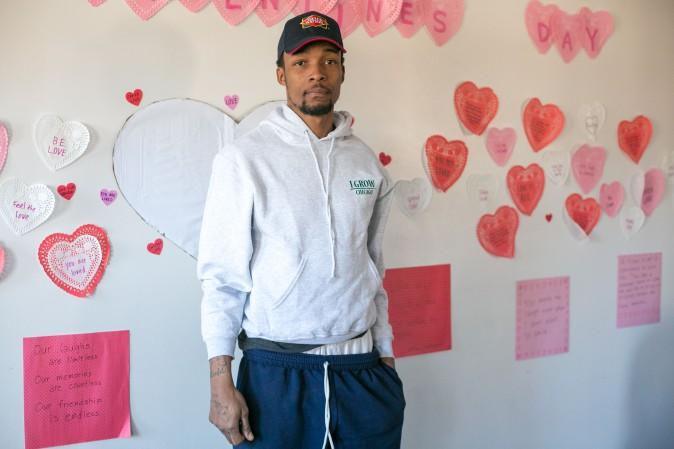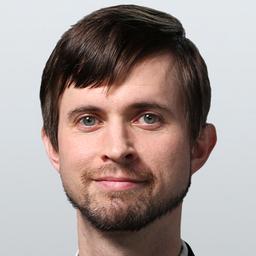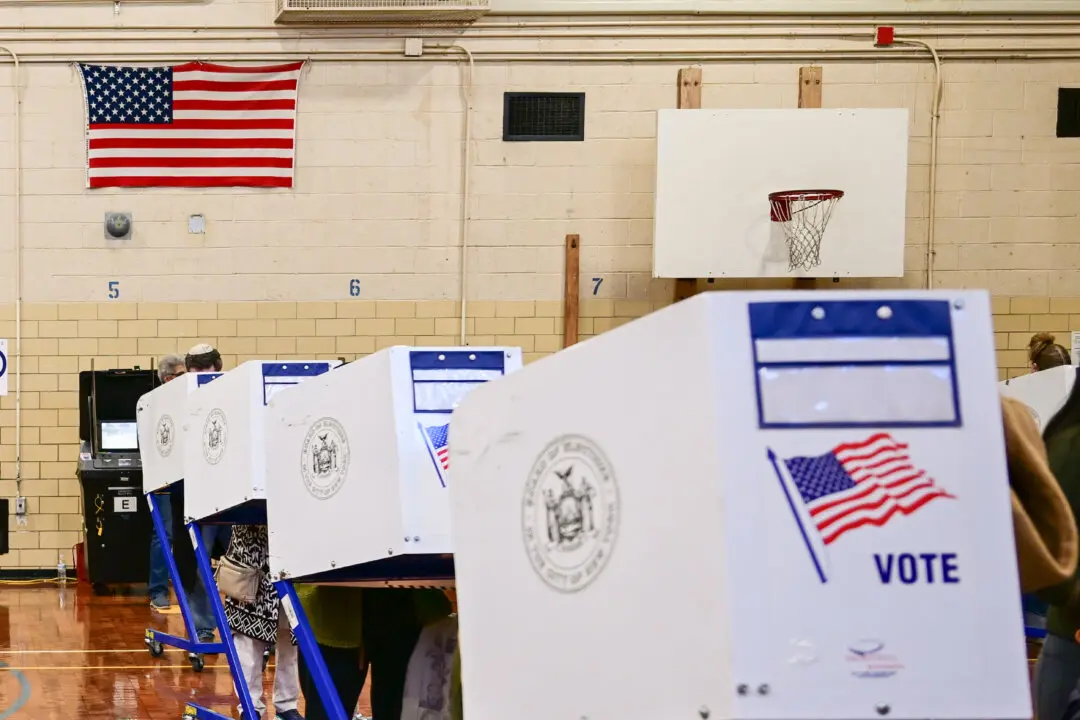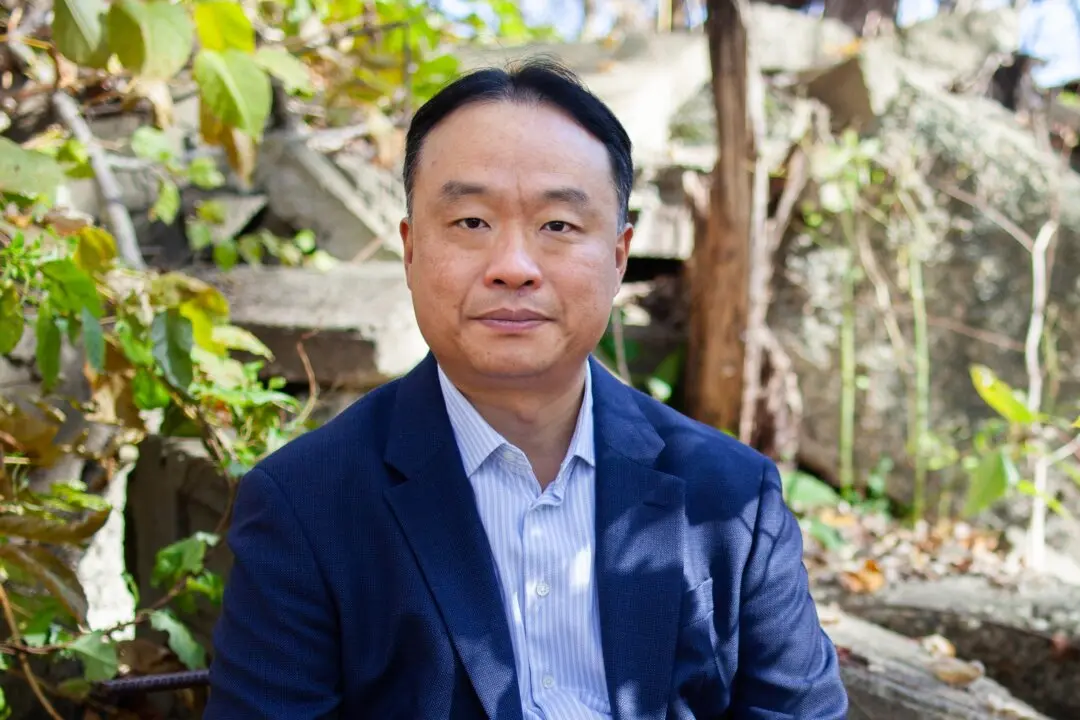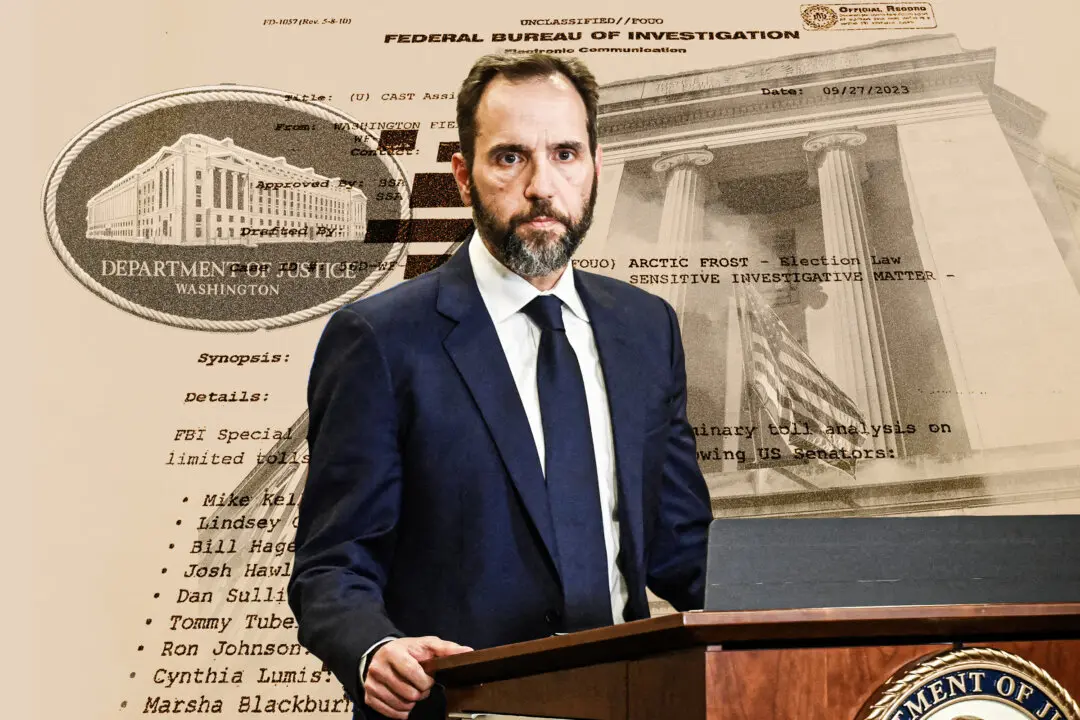CHICAGO—Every day, Clarence Franklin would brush his teeth, wash his face, put on his best clothes, pick up his phone and his gun, and go sell drugs on the streets of Englewood, Chicago.
Six years in prison failed to dissuade him. Being shot six times failed to dissuade him. Yet, two years ago, when a close friend got killed, Franklin paused to think.
Sooner or later, he realized, his life would lead to one of two outcomes: He‘d get killed, or he’d go to prison for the rest of his life. “Which one do I want?” he asked himself. “Neither.”
Last year, 47 people were killed in Englewood, a neighborhood of 31,000. That’s about 30 times the national murder rate. Across the city, 784 were murdered last year, as tallied by the Chicago Tribune. Only during the crime waves of the ‘70s and ’90s was the city deadlier.
